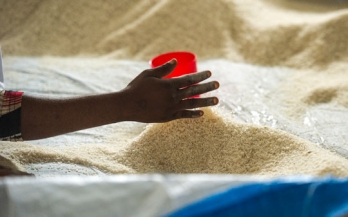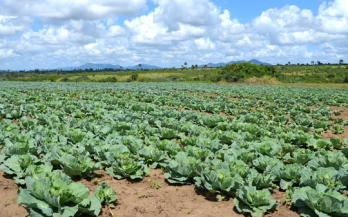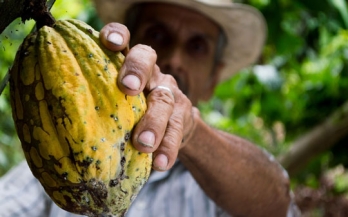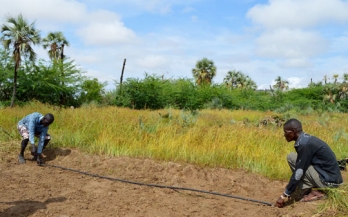- 01/08/2016
In 2014, a national survey on iodine coverage and utilisation was conducted in Senegal to better understand factors associated with access to adequately iodised salt, and to provide an evidence base from which to plan, monitor and evaluate a revised strategy for achieving optimal iodine nutrition.
- 01/03/2018
This research brief summarizes findings from the national cold chain capacity mapping of Nigeria, conducted between December 2017 and February 2018. Despite having the largest economy in Africa, Nigeria has among the world’s highest burdens of malnutrition. Improving supply chain infrastructure and food storage practices has the potential to significantly reduce postharvest losses and waste across the country.
- 01/05/2016
This report is the outcome of a desk research to assess the nutritional status and underlying causes among cocoa farming families in Côte d'Ivoire commissioned by the Sustainable Trade Initiative for their programme on the Cocoa Learning and Innovation Programme.
- 01/01/2018
The Seeds of Prosperity programme works through commodity supply chains to improve workers’ diets and hygiene practices. This brief present results and next steps from programme evaluations in three sites across India and Kenya. Evaluations found improvements to dietary diversity, handwashing practices, and perceptions of trust for the programme among target groups.
- 01/01/2018
This brief provides an overview of the Seeds of Prosperity programme. Through the Seeds of Prosperity the Global Alliance for Improved Nutrition (GAIN), the Sustainable Trade Initiative (IDH), and Unilever are working through commodity supply chains to improve workers’ diets and hygiene practices.
- 15/10/2014
Vietnamese Living Standard Surveys showed that the rate of overweight and obese in Vietnamese adults doubled between 1992 and 2002. Considering the increasing public health concern over the double burden of malnutrition in Vietnam, we investigated micronutrient deficiencies among women of reproductive age according to their Body Mass Index.
- 01/05/2019
Adolescence is a critical period characterized by physical, social and developmental changes that impact on health and eating behavior. Qualitative research was conducted in Java, Indonesia to examine individual, social, environmental and macrosystem factors affecting snacking behaviors in unmarried adolescent girls 16‐19 years of age.
- 02/05/2019
In this paper, we used national prevalence estimates among girls and young women 10–22 y of age from the 2014 State of Food Security and Nutrition in Bangladesh report as an example to demonstrate that determining the true prevalence of undernutrition, overweight, and obesity is complicated by racial/ethnic variation across populations in timing of the adolescent growth spurt, growth potential, and body build.
- 13/05/2019
This report addresses a critical issue of our time – how can we exploit new ideas and new technology to nourish and feed a growing world, and do it sustainably? Working on food systems reform, it is easy to underestimate the speed of change around us. But the reality is that even in the remotest corners of the globe, the drivers of food systems change are making their presence felt with storm-like force.
- 02/11/2015
The objective of this study was to determine the association between breastfeeding practices, diet and physical activity and maternal postpartum weight. This was a secondary data analysis of a randomized community trial on beneficiaries of the Programa de Desarrollo Humano Oportunidades, recently renamed Prospera, without any diseases that could affect body weight.









